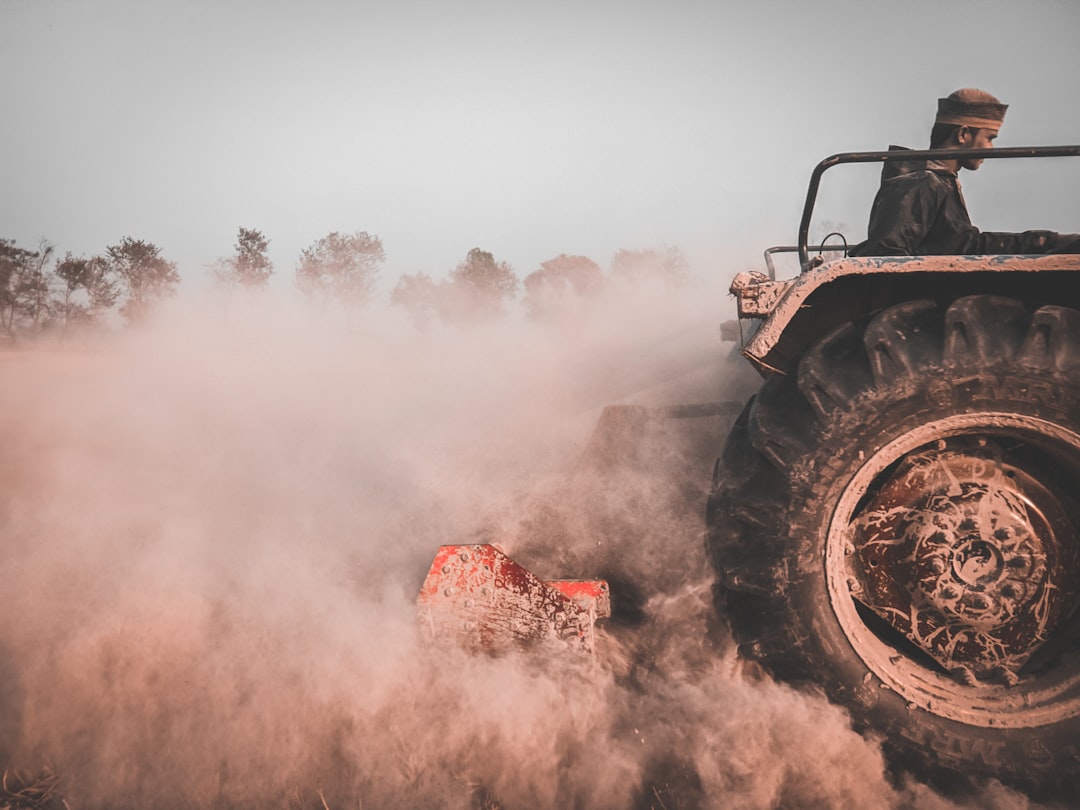Soil is more than just dirt—it’s a living, breathing ecosystem that supports plant life. However, when soil becomes compacted, its ability to sustain healthy plant growth and absorb water is severely compromised. Soil compaction is a major issue in agriculture, landscaping, and gardening, leading to stunted plants, poor drainage, and even increased erosion.
In this blog post, we’ll explore what causes soil compaction, its impact on plants and water movement, and how to fix and prevent it.
What is Soil Compaction?
Soil compaction occurs when soil particles are pressed tightly together, reducing the space between them. This process eliminates essential air pockets, making it difficult for roots to grow and for water to infiltrate.
Soil compaction is common in heavily trafficked areas, such as:
✅ Farm fields with repeated machinery use 🚜
✅ Lawns and gardens with frequent foot traffic 🚶♂️
✅ Urban areas where construction equipment compresses the ground 🏗️
Effects of Soil Compaction on Plant Growth
Plants rely on loose, well-structured soil to absorb nutrients, oxygen, and water. When the soil is compacted, plants struggle to thrive.
1. Poor Root Growth 🌱
-
Compacted soil prevents roots from spreading deeply.
-
Shallow roots mean plants are less stable and more prone to drought stress.
2. Reduced Nutrient Uptake 🥦
-
Fewer root pathways mean limited access to nutrients.
-
Plants growing in compacted soil often show nutrient deficiencies like yellowing leaves.
3. Increased Plant Stress & Disease 😟
-
Stressed plants become more susceptible to pests and diseases.
-
Weak roots make plants vulnerable to wind and drought damage.
Effects of Soil Compaction on Water Infiltration
Water movement in the soil is critical for plant hydration and preventing runoff. Compacted soil affects water in several ways:
1. Poor Drainage & Waterlogging 💧
-
When soil is dense, water cannot penetrate easily, leading to standing water.
-
Excess water causes root rot and fungal diseases in plants.
2. Increased Surface Runoff & Erosion 🌊
-
Instead of soaking into the soil, water runs off the surface, washing away nutrients.
-
This increases erosion, depleting topsoil and reducing fertility.
3. Drought Conditions Despite Rainfall ☀️
-
Water cannot reach plant roots, even after heavy rains.
-
Plants may wilt and die even when there is enough moisture present.
How to Fix and Prevent Soil Compaction
Fortunately, soil compaction can be reversed with the right techniques.
1. Aerate the Soil 🌬️
-
For gardens & lawns: Use a garden fork or aerator to loosen compacted areas.
-
For larger fields: Consider deep ripping or subsoiling to break up hard layers.
2. Add Organic Matter 🍂
-
Compost, mulch, and aged manure improve soil structure and loosen compacted soil.
-
Organic matter feeds soil microbes, which naturally aerate the soil.
3. Reduce Heavy Traffic on Soil 🚜🚶♂️
-
Avoid walking on or driving machinery over wet soil.
-
Create designated walkways in gardens and fields to minimize soil disturbance.
4. Plant Cover Crops 🌾
-
Legumes, grasses, and deep-rooted plants help break up compacted layers.
-
Cover crops add organic matter and improve soil structure over time.
5. Use Raised Beds & Mulching 🏡
-
Raised beds prevent compaction by keeping soil loose and aerated.
-
Mulching reduces surface compaction and keeps soil moist.
Final Thoughts: Healthy Soil = Healthy Plants
Soil compaction is a serious issue that affects plant growth, water movement, and overall soil health. By adopting proper soil management practices, you can create an environment where roots grow deep, water infiltrates properly, and plants thrive.
🌱 Take action today! Aerate your soil, add organic matter, and minimize heavy traffic to keep your soil healthy. 🌍💧
Have you dealt with compacted soil in your garden or farm? Share your experiences in the comments! ⬇️

Comments
No comments yet. Be the first to comment!
You must be logged in to comment. Login